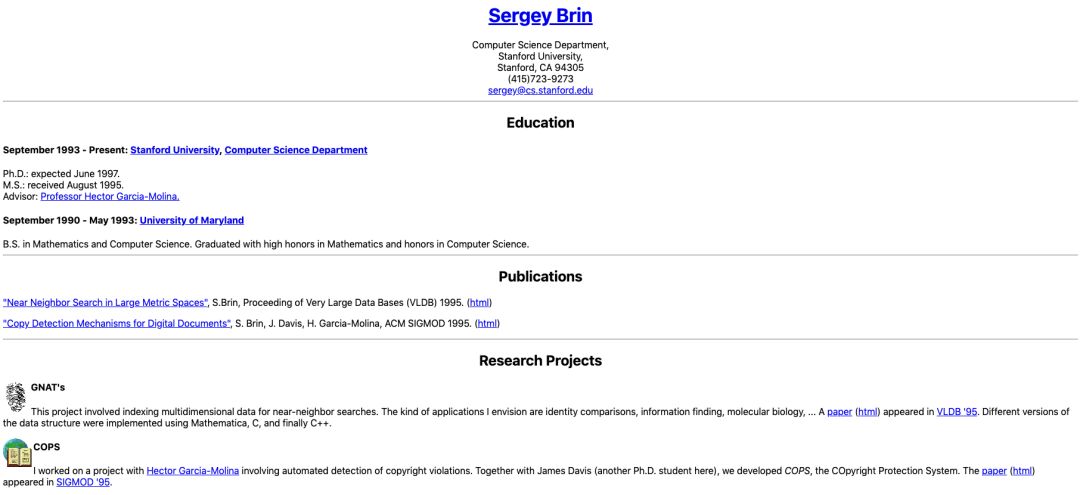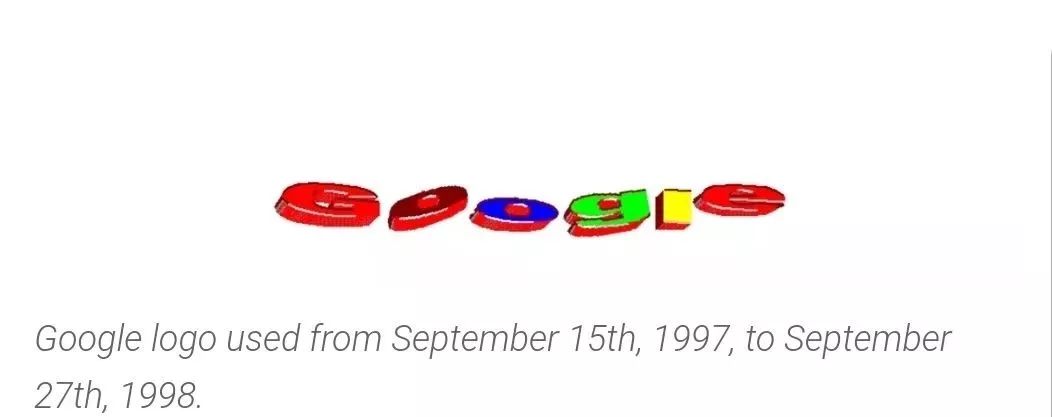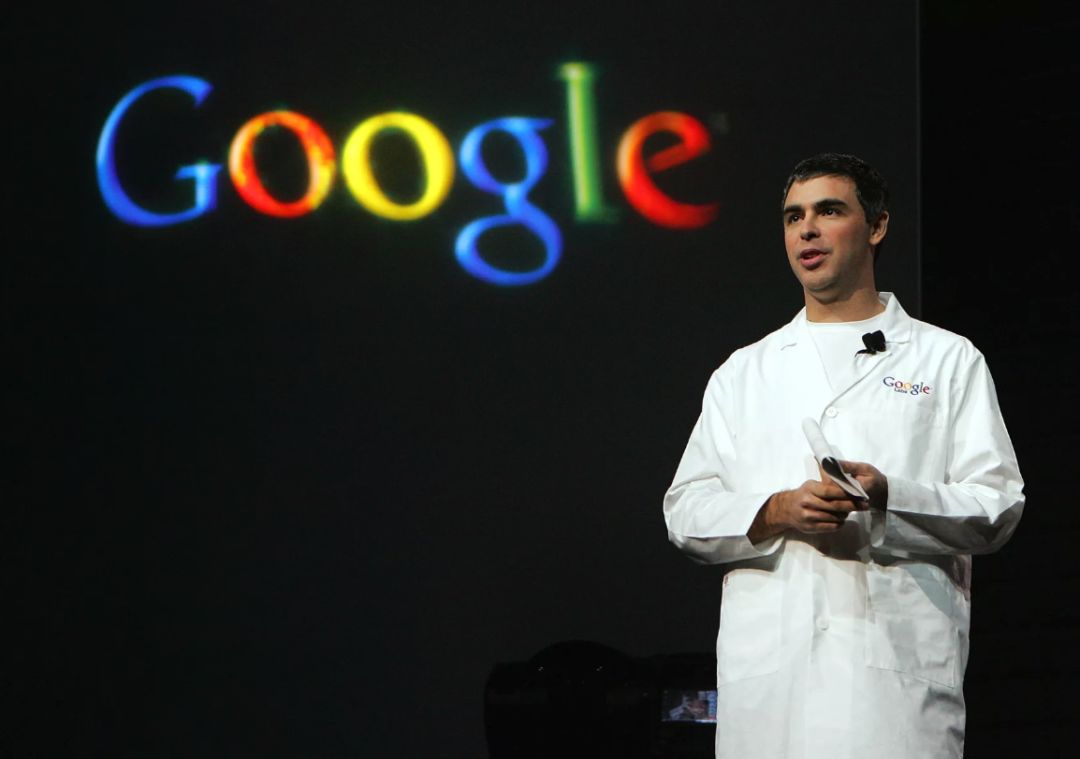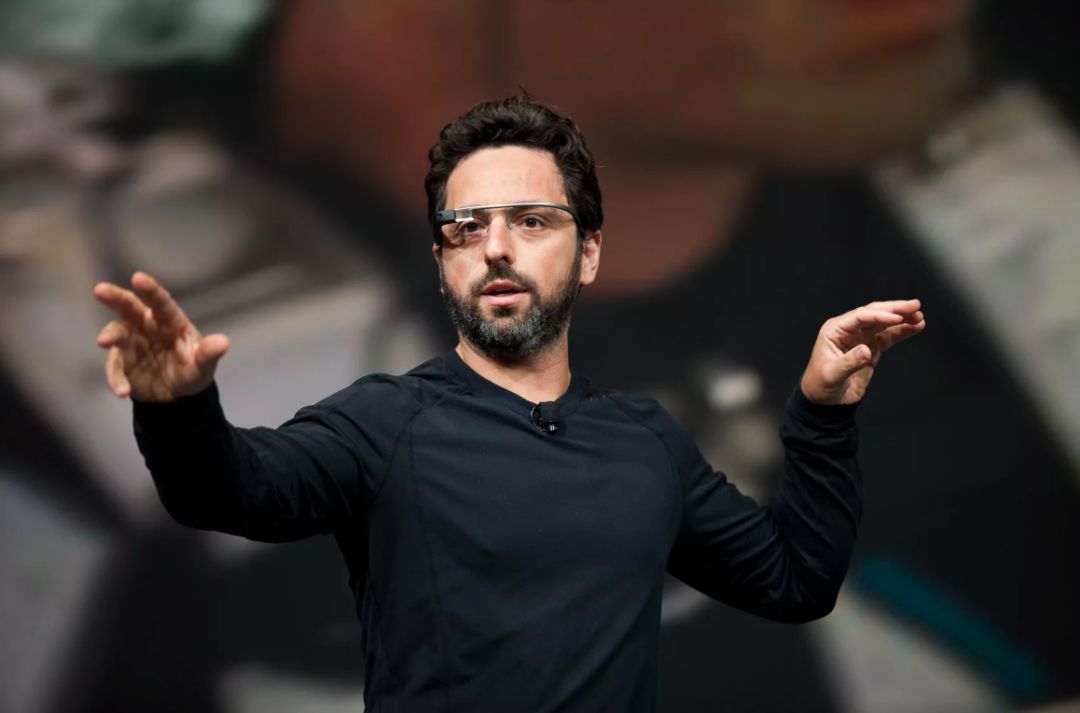The ups and downs will help the outside world understand the future direction of the company.
The following is a timeline to tease out the history of Google ’s founders from their rise to retirement:
August 1996: Page and Brin launch Google precursors to Stanford
The two met at Stanford University in 1995, when they were both graduate students in computer science. Google’s idea stems from Page’s vision: World Wide Web search engines rank links based on how often they are linked to other pages. With Brin’s help, this idea became PageRank, the basic algorithm of Google search. In 1996, their search products went live on the Stanford campus network.
1996: Hiding future goals in Brin’s resume

Brin’s 1996 resume
Brin’s 1996 resume can still be found in the Stanford Internet archives. Prior to founding Google, he was working on a movie rating platform and a transcoding tool that turned art papers into HTML files. On closer inspection, Brin outlined his future goals in the source code of the webpage: a large office, a generous salary, and a small amount of work. After switching from Google’s co-president to the company’s experimental division, he is likely to have enjoyed this lifestyle in Google’s final years.
1998: The two criticized ad-supported search engines in Stanford papers

Logo used by Google in 1998
Although Google is now one of the most powerful forces in the global online advertising market, Page and Brin didn’t want to turn their prototype search engine into an advertising sales machine at first. The two wrote a paper titled “Large Hypertext Web Search Engine Parsing” while studying at Stanford, explaining why search engines should not favor entities that spend more money for better search locations.
1999: Page and Brin try to sell Google for $ 1 million
Although Page and Brin officially founded Google in 1998, they did not realize the potential of the search engine at that time and tried to sell Google. In 1999, the two tried to sell it to Internet company Excite for $ 1 million, and the price could be cut to $ 750,000, but George Bell, CEO of Excite, still did not accept it. Google’s market value is now close to $ 913 billion.
2000: “Do no evil” becomes Google’s main corporate values
The origin of the slogan “do n’t be evil” is still controversial, but anyway, Page and Brin agreed to use it as an official corporate value around 2000. Subsequently, Google listed it as the official company motto in the S-1 listing prospectus. “We will practice the principle of” do no evil “, maintain the trust of users, and will not accept payments for search results,” Page said at the time.
August 2001: Page cedes CEO to Schmidt for “adult custody”
After officially launching Google and bringing it to market in 1998, Page and Brin managed one of the fastest growing companies in corporate history. This burden is too heavy for two dropout graduate students. Especially in July 2001, Page had a high-profile attempt to fire all Google project managers, but eventually reversed this decision in public opinion about its leadership. In the end, Page and Brin appointed Eric Schmidt, the former CEO of network systems company Novell, as the company’s CEO, at the request of investors. Page described the move as a television interview in 2001 as”Adult Guardianship”.
2002: Yahoo had wanted to buy Google for $ 3 billion, rejected by Page and Brin
In 2002, Yahoo, then an Internet giant, followed Google’s fast-growing search business and was willing to buy Google for $ 3 billion, but Page and Page did not plan to sell it. Terry Semel, then CEO of Yahoo, recalled that the price was too high considering Google’s income was not good at the time.
August 2004: Google listed at $ 27 billion valuation, two people create super voting stock

Google listing
Just a few years after Schmidt became the CEO of Google, Google not only quickly entered the top echelon of the technology industry, but also became a leader in the entire American business community. In August 2004, Google applied for an IPO, raised $ 1.7 billion, and valued at $ 27 billion. It is worth noting that Page and Brin decided to create a class B stock with super voting rights, which was only available to them, Schmidt and a few senior executives. Class B shares have 10 times the voting rights of Class A stocks, allowing Page and Brin to control more than 50% of the voting rights and thus always control the company. This situation worked even after the two announced their withdrawal from management on Tuesday.
August 2005: Page acquired Android for $ 50 million without telling Schmidt
One of Page’s most predictable business considerations is the rise of mobile computing. He quickly bought a small startup called Android for $ 50 million in the summer of 2005. He completed the acquisition without the knowledge of then CEO Schmidt, because Page believed that Android co-founder Andy Rubin could help the company enter the mobile systems market. Today, Androidy has become the most popular mobile operating system in the world.
October 2006: Wachiki persuaded Page and Brin to acquire YouTube
Susan Wojcicki) is Google’s employee number 16, her garage is where Google was founded. This means that she often wins the trust of Page and Brin, but after a $ 1.65 billion acquisition of video site YouTube, she took a lot of trouble to convince Page and Brin.
September 2008: Google releases Chrome browser thanks to Pichai
Page and Brin recruited a group of developers from Firefox. At the suggestion of super bright star product manager Pichai, Google began to develop a better browser, and the final product was Chrome. Chrome’s dominance of the browser market is one of Pichai’s most famous business success stories, which also helped him to promote from product owner to CEO in a few years.
January 2011: Page regains CEO Schmidt as executive chairman

Page “
After ten years as Google’s CEO, Schmidt ended his role at Google with a playful tweet: “Google no longer requires daily adult supervision.” As the largest management reorganization in Google’s history at the time, Page re-signed as CEO, and Schmidt served as an executive chairman as an advisor. The three retained the stock with super voting rights that control the company’s direction, but management adjustments heralded a major shift in Google.
June 2012: Brin showcases Google Glass by skydiving

Bling releases Google Glass
Brin has the title of Google co-founder and is mainly responsible for exploring new products. The approach he took when launching Google Glass will always be remembered. At the 2012 Google I / O Developer Conference, the future seemed to fall from the sky. Google found a skydiving team, jumped off the plane over San Francisco, and used Google Glass to broadcast the whole process. This is released since iPhoneThe most impressive technology demo since.
2012: Page’s vocal cord paralysis
Page has remained silent for most of 2012. The following year, Page revealed in a Google+ blog post that he had suffered vocal cord paralysis. This trouble affected many moments in Page’s life, but the year after he regained control of Google was particularly serious, and therefore missed the 2012 Google I / O conference.
May 2013: Page discusses “Google Island” vision
One of Page’s most high-profile talks and one of the last public speaking events was at the Google I / O Developer Conference in May 2013. At the time, wearing a black jacket and a bright red T-shirt, he elaborated on the “Google Island” vision, that is, technological progress will not be hindered by stupid concerns such as regulatory requirements and ethics.
September 2013: Google launches Calico to extend human life
After setting up the Google X department and launching the Google Glass and self-driving car projects, Google focused its attention on science. Google created Calico through its venture capital arm, a company that actually aims to heal death. This once again shows that Google, led by Page, is willing to invest a lot of money to solve problems beyond the company’s business. However, Calico has not yet released any major results.
2014: Brin’s extramarital affairs exposure
In early 2014, Brin and his Google Glass team employees’ extramarital affair reported his reputation. At the time, Brin’s wife was Anne Wojcicki, the sister of Susan Wojcicki, who was also the founder and CEO of 23andMe, a genomics company. Brin’s mistress is Amanda Rosenberg, Google’s marketing manager for glasses, and the latter also publicly dated Hugo Barra, then vice president of Android. Later, Brin and Annie divorced. Page was allegedly not talking to Brin for a while because of the incident.
October 2014: Rubin leaves office, but Page chooses to conceal misconduct
At the same time that Brin’s extramarital affairs were exposed, Google was also processing another incident of misconduct, which was even more serious. In October 2014, Google announced AndCo-founder Rubin will leave Google. According to a press release issued by Google at the time, this was a friendly breakup. In fact, Rubin was expelled from the company after being accused of misconduct by a female employee. Rubin also took away $ 90 million in severance pay and $ 150 million in stock when he left. These have not been made public until the New York Times reported in October 2018.
August 2015: Google reorganized into Alphabet

Alphabet
By the summer of 2015, Google and Page had reinvented the company four years ago. It had already changed a lot. It had launched self-driving cars, wearable technology, Nexus smartphones, and many other products. , Cloud computing, quantum computing, and fiber optic networks. Given the complexity of the company, Page and Brin decided to slim down the company and establish a holding company, Alphabet. Page and Brin also withdrew from Google’s daily operations and handed over power to Pichai, who served as Alphabet CEO and president, respectively.
2016: Invest in “flying cars” after Page disappears
After giving Google power to Pichai and serving as Alphabet CEO himself, Page seems to have disappeared from the earth. He still regularly attends the company’s staff meetings and is seen hanging out with Brin in multiple places in the Google Park. But he never attended a conference call, met the media, or participated in a product event. His latest news is investment in “flying cars”, more precisely “electric vertical take-off and landing aircraft” (eVTOL). Now, Page has joined the development of several startups as an investor and consultant, focusing on bringing air electric vehicles to the market.
January 2017: Brin makes a rare public appearance in protest against Trump’s immigration ban
Like Page, Brin also lived in some kind of seclusion. Since stepping down from Google and becoming president of Alphabet, you have had a hard time hearing his message and wondering what he is busy with. He is allegedly developing a large “air yacht” capable of delivering supplies for humanitarian missions, and joined the camp of other tech leaders last year to express concerns about the rapid development of AI